Language
You can read the magazine in one of the following languages
Geolocation
You can read the global content or the content from your region
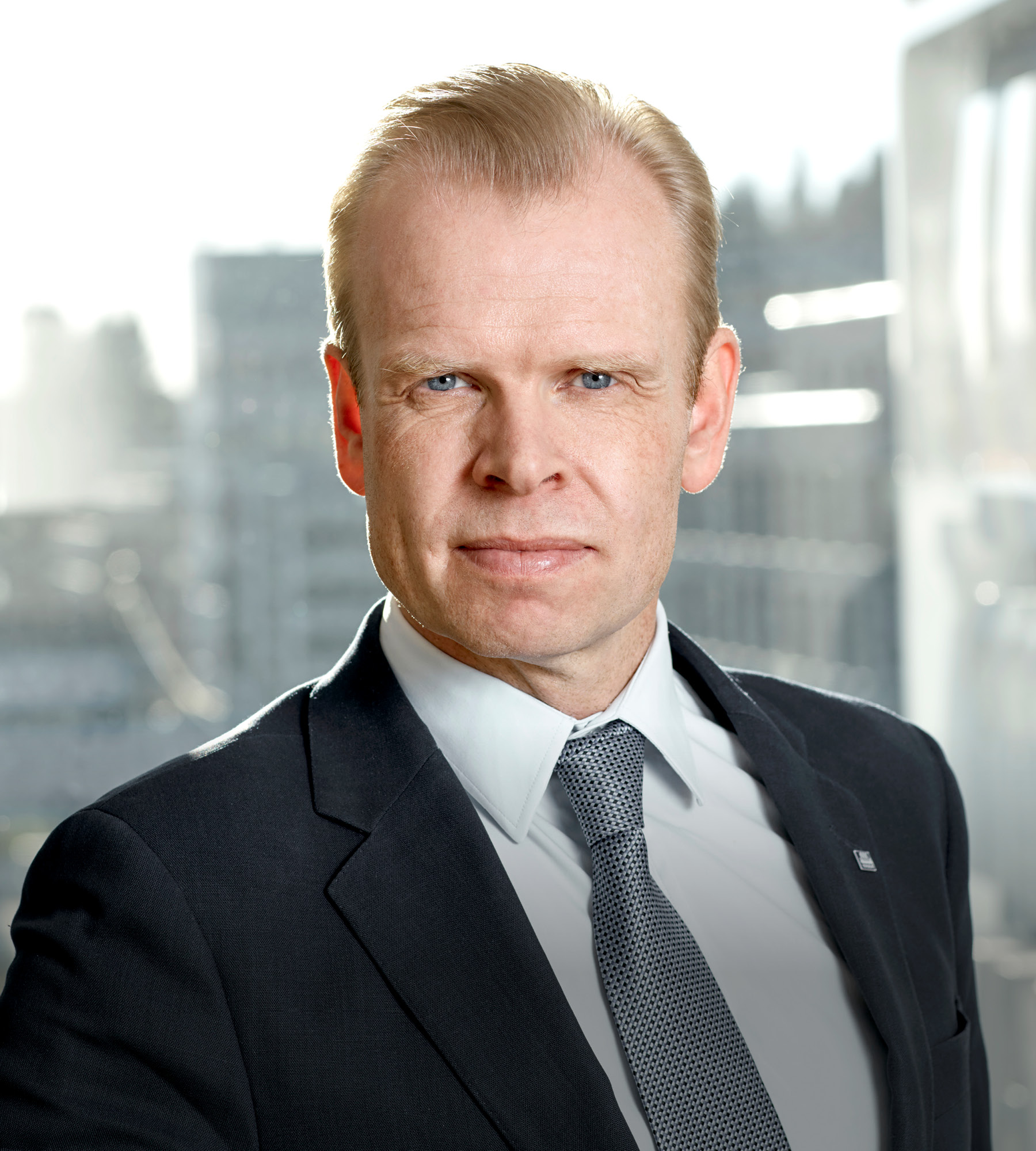
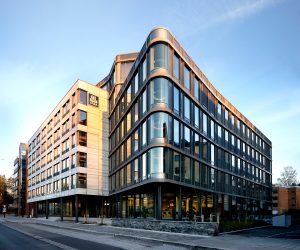
President and CEO of Yara International Svein Tore Holsether clearly recalls his wake-up call to make combatting climate change the top strategic priority for the Norwegian fertilizer giant.
It came at the 2015 United Nations Climate Change Conference in Paris (COP 21), where Holsether was in attendance. More than any of the scientific presentations or climate forecasts, he says he was struck by the determination of world leaders, the involvement of fellow business leaders and, especially, youth engagement.
“I saw that this is going to change how business is run forever. And I also saw what it meant to be in businesses, that we’re unprepared for this, that the energy sector was unprepared,” he tells The CEO Magazine.
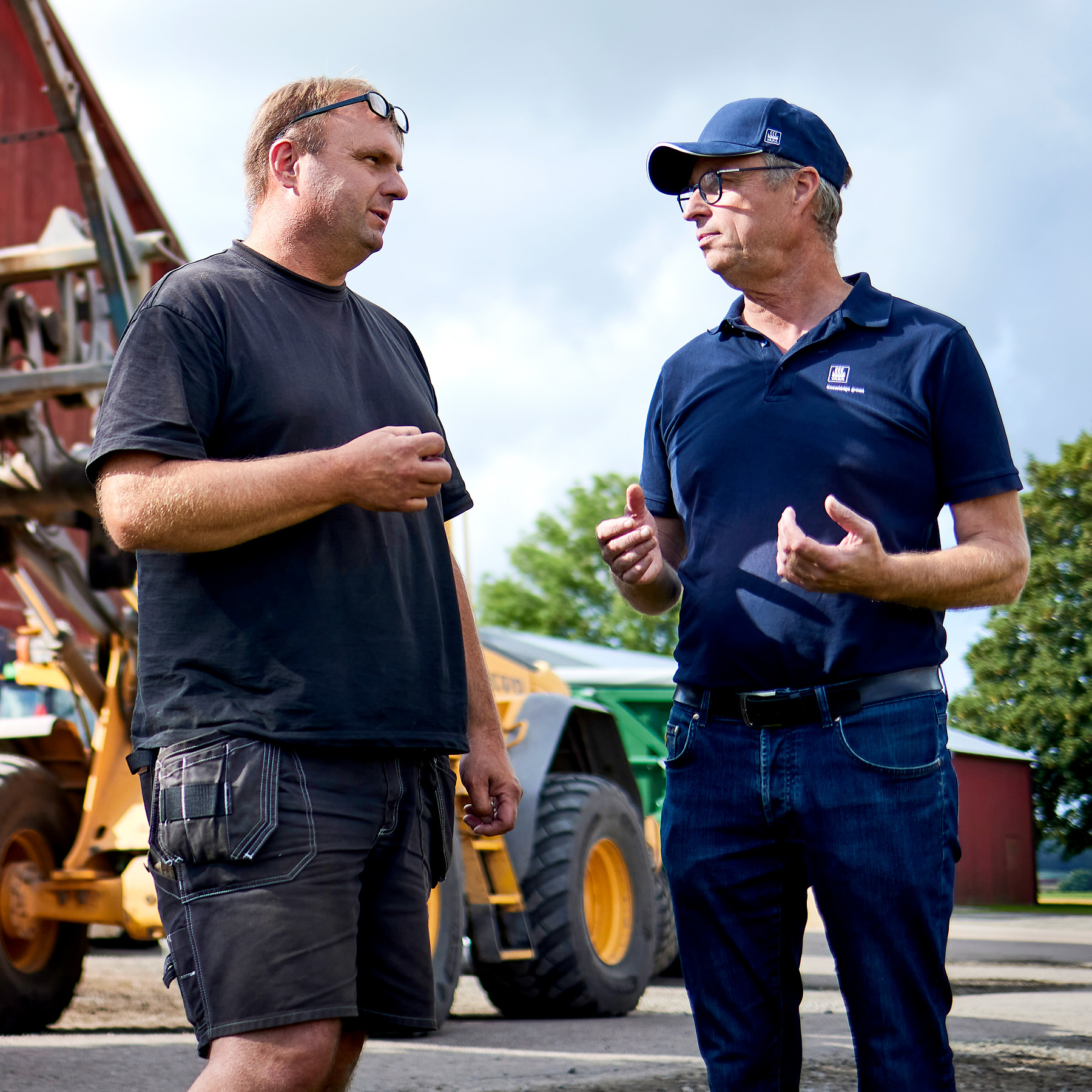
Holsether has been shaping the future for Yara International since 2015, heading up one of the world’s leading fertilizer firms through an unprecedented period of geopolitical upheaval, food insecurity challenges, a looming climate crisis and the COVID-19 pandemic.
He has charted an ambitious course for decarbonizing agriculture, which is no small feat when considering that the world’s food system accounts for roughly 30 percent of all greenhouse gas emissions, and that nitrogen fertilizer is produced from natural gas.
His team has also had to revamp its supply chains as the war in Ukraine left input sources, such as gas and potash from Russia and Belarus, unavailable. It has additionally provoked increased food insecurity as the bounties of Ukraine and Russia previously fed tens-of-millions of people in developing countries.
“This is really a disaster for the world’s food supply,” Holsether says of the war. “We were integrated as well, but with the war, sanctioned entities and sanctioned people, it has a tremendous impact on the fertilizer business and for us as well.”
Yara International’s role in agriculture and feeding a global population of more than eight billion people cannot be understated. Holsether points to a recent World Economic Forum report as validation for the importance of the company in supporting the food system along with its role in combatting climate change.
“The three main topics were food security, climate change and energy transition. And we’re in the center of all of this,” he says.
Yara International sells its products into 160 countries, according to Holsether, who describes the company as “building on the Nordic culture of collaboration, partnerships and trust”.
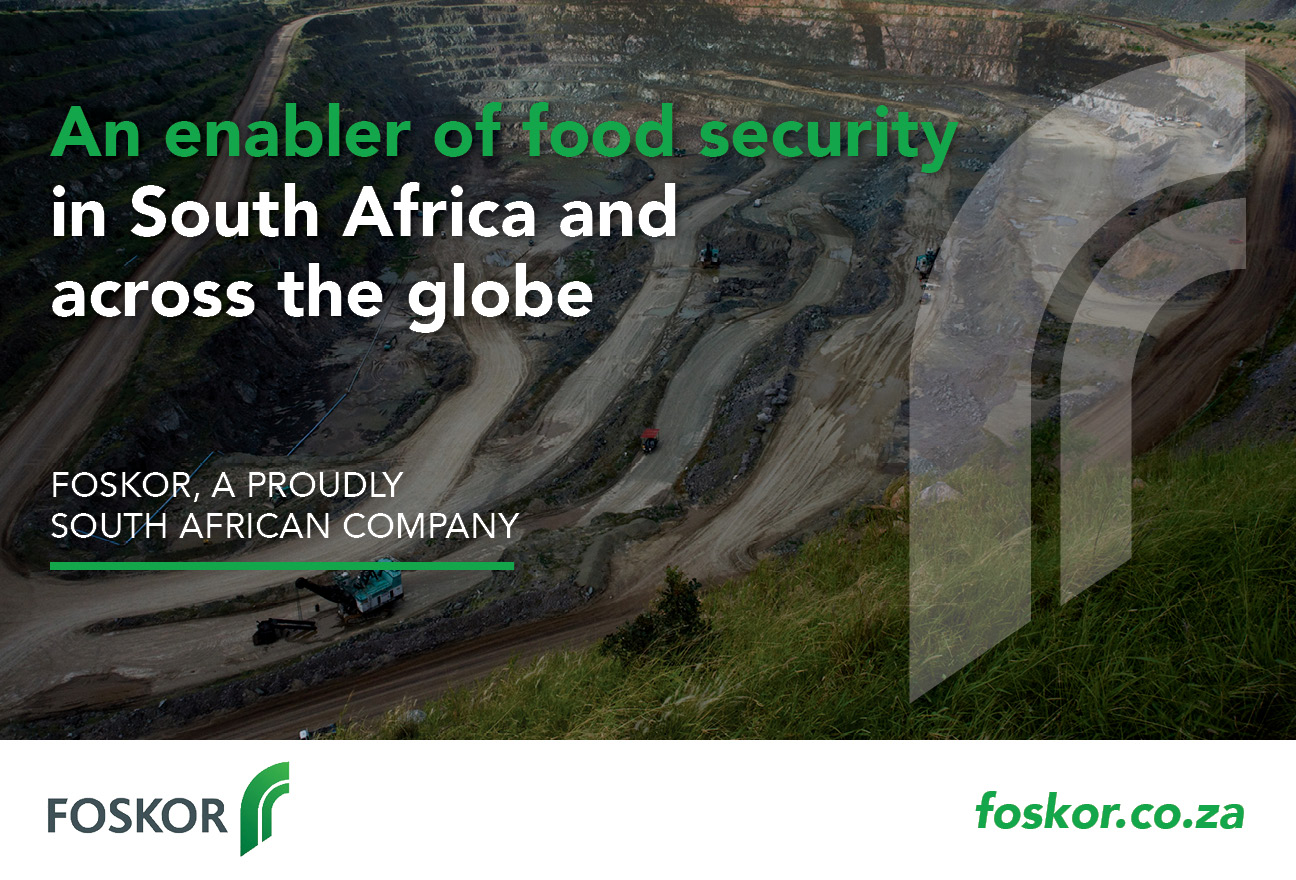
But Yara International never loses sight of the millions of farmers who fertilize their crops with its products – everyone from a small-scale farmer in Thailand who buys fertilizer in a small bag to spread by hand to farmers in Brazil so big they use an aircraft to survey their vast fields.
In 2022, Yara sold fertilizers to 20 million farmers, with the use of its crop nutrition solutions feeding 200 million people.
“We’re global and we’re all the way with the farmer-centric approach,” he says. “That’s what sets us apart.”
Employing an army of agronomists who work closely with farmers is what also makes Yara International unique. The company empowers farmers with technology, too. Its Atfarm app allows farmers to apply nitrogen with precision, maximizing crop yields and minimizing environmental impact. Atfarm also permits farmers to monitor crop performance through satellite images.
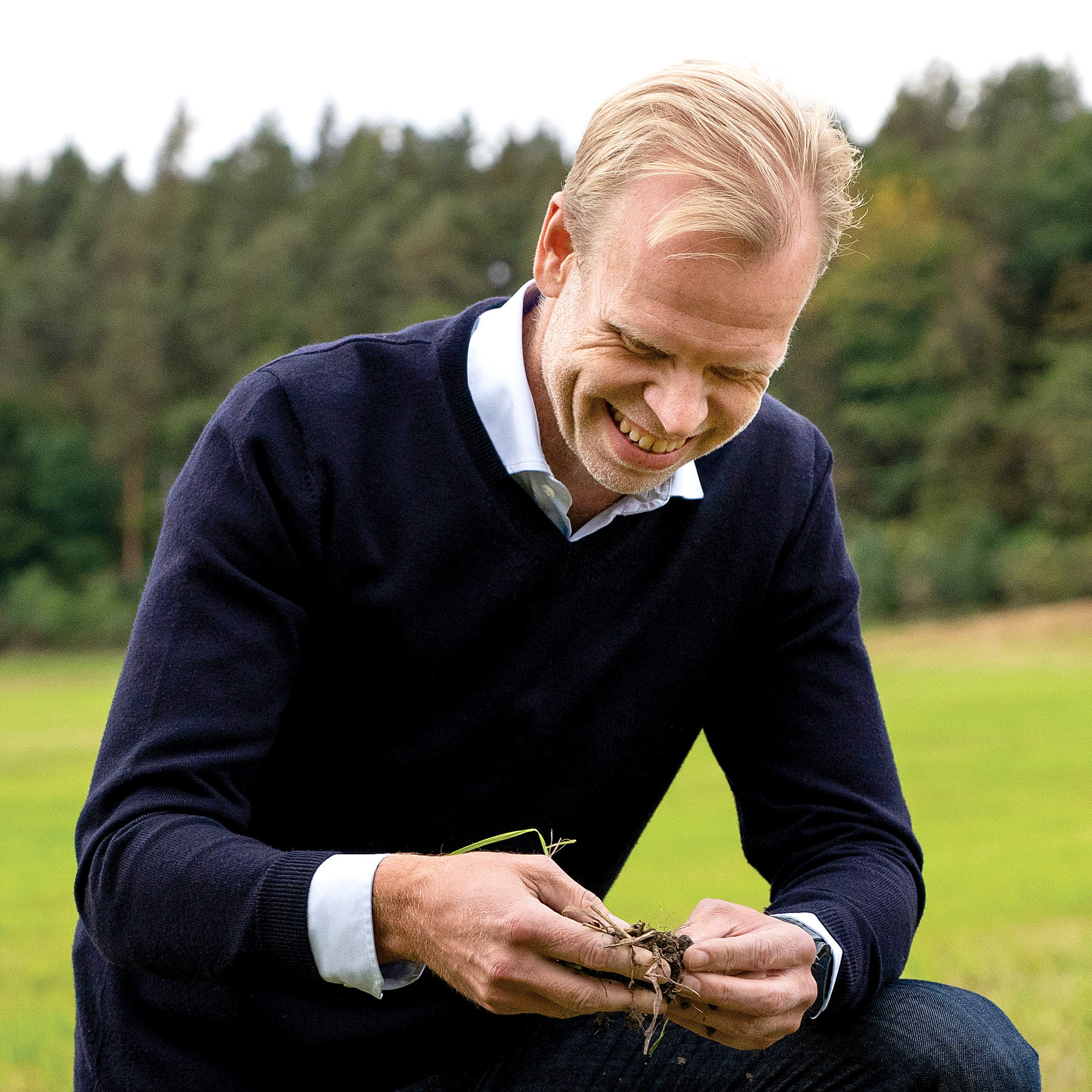
“How we differentiate ourselves is that we’re global, we have a product and we have a service or a solution to help farmers to become more productive. That’s how we’ve built our competitive edge over decades, and that competitive edge is even more important now when food companies need to decarbonize.”
He says agricultural value chains can be incredibly fragmented. “It’s about understanding that what you do at farm level significantly impacts the carbon footprint and the food you see on the shelf at the supermarket,” Holsether explains. “Creating that connection between farmer and food company is something I think we’re particularly well positioned to do.”
Yara International traces its origins back to 1905, when it was founded as Norsk Hydro with the aim of fighting famine in Europe.
Famed for its Viking ship logo, which represents the themes of exploration, innovation and vitality, Norsk Hydro flourished over the next century, earning wide recognition for its advanced research and global reach. In 2004, Yara International was listed on the Oslo Stock Exchange following a demerger from Norsk Hydro.
Holsether joined Yara International as President and CEO in 2015 amid difficulties for the company. At the time, a commodities super cycle was ending, which portended challenging market conditions. The company was also emerging from internal turmoil, which had impacted its reputation.
By his own admission, Holsether was an unexpected choice to take on the roles of President and CEO at the fertilizer company, having previously worked in the aluminum industry. But the opportunity t0 lead Yara International intrigued him.
“I started to read up on the company and the more I read, the more interested I became in agriculture,” he says.
“It was really very interesting to see how we could grow food more efficiently and the direct impact that the product could have. I was drawn to the history of the company, as well as its role in developing one of the most important innovations of all time, mineral fertilizer, which feeds half of the world’s population today.”
One of Holsether’s first decisions as President and CEO at Yara International was to attend the COP 21 climate conference in Paris. He returned inspired and determined to embed sustainability in all of Yara International’s operations.
“I went back to the board that same month and said, ‘I’ve been to Paris, I have seen something now that will completely change the future of our company,” he recalls. “I said, ‘Sustainability, the Paris Agreement and sustainable development goals will be very important for how we run our company moving forward.’”
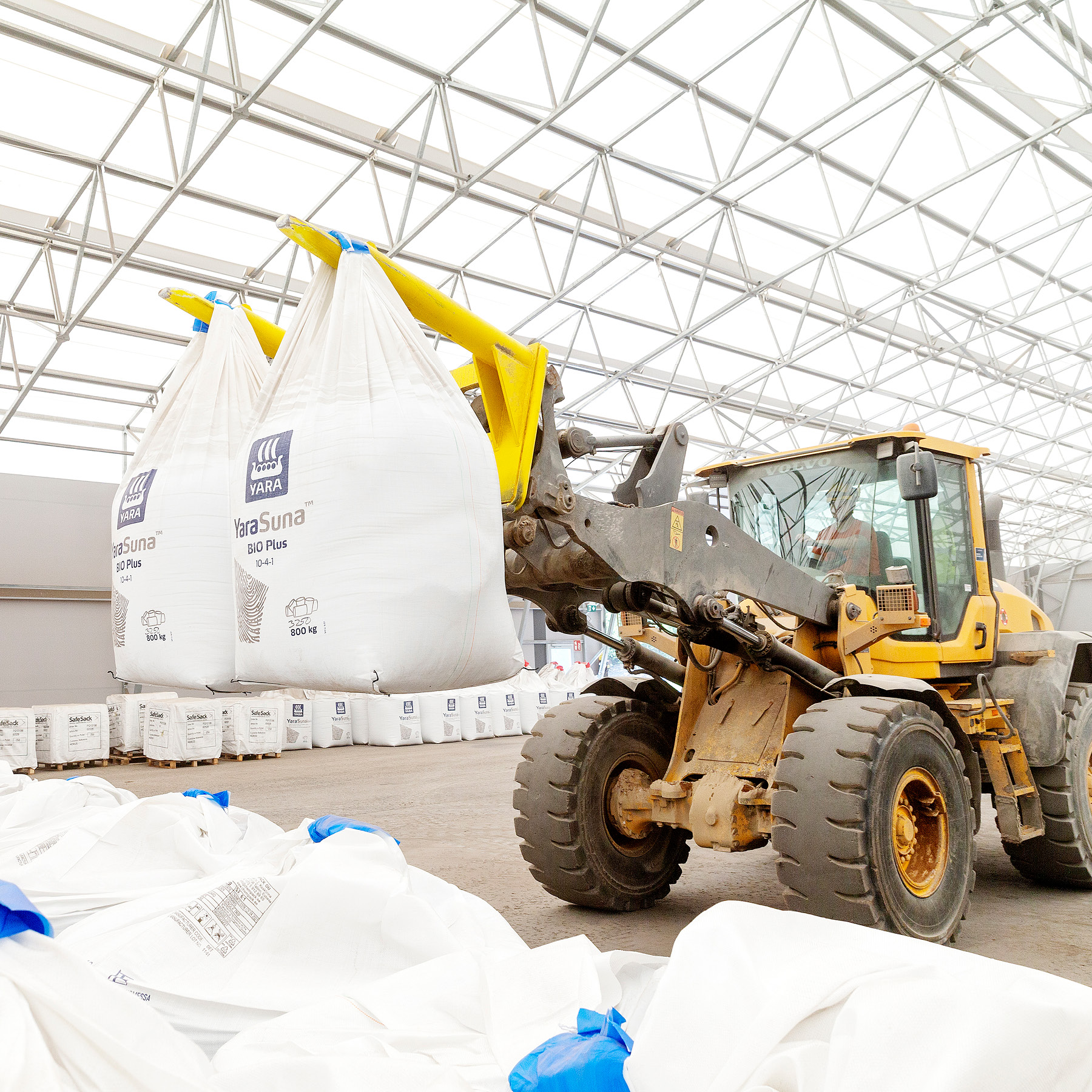
Holsether immediately looked for a role model to inspire and guide him on how to embed sustainability into the company. He found Unilever CEO Paul Polman, who invited him to discuss ESG and, later, to participate in a number of forums including the board of the World Business Council for Sustainable Development.
“Rather than reinventing everything, it’s about learning and being close to others who have done it,” he says of this experience. “I got fantastic exposure to leaders going through some of the same issues that we needed to go through.”
With its focus firmly on sustainability, Yara International has re-crafted its mission statement, which pledges to responsibly feed the world and protect the planet.
“We spent all of 2016 doing that and linking our mission to the very existence of our company. Why do we exist as a company? What is our purpose? Those are the questions we asked ourselves,” Holsether says of the process.
“To have a clear mission is crucial. Everyone knows it. All 18,000 employees know what our mission is. And everything we do builds on our mission because we need to produce more food for the world. We have a growing population, and we have to achieve that with less emissions.”

Equally crucial, according to Holsether, is emphasizing ESG objectives. “That shouldn’t be something that you do on the side,” he says. “It needs to be embedded in the mission of the company and the strategy, so the organization sees this as key.”
Results have proved promising for Yara International, which has reduced its emissions by roughly 50 percent since 2015. Yara International also plans to introduce green fertilizers to the market in the near future, which Holsether calls a game-changer, as they’re essentially made with water, air and nitrogen rather than natural gas.
Compared with conventional fertilizers, these green fertilizers have a 90 percent lower carbon footprint and their use can reduce the carbon footprint of certain crops by up to 30 percent, according to the company.
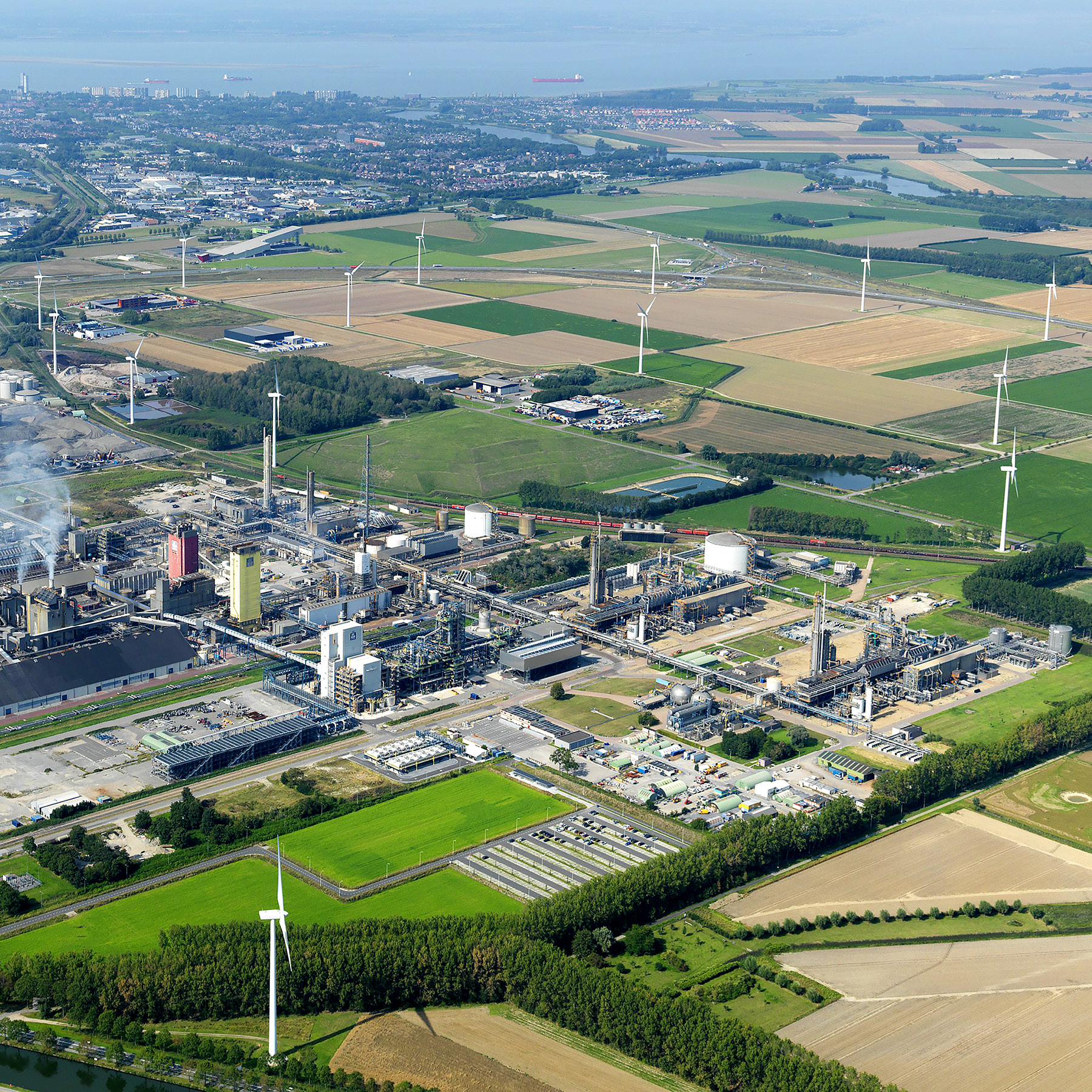
Holsether says its commitment to sustainability is not a barrier to business, but rather creates business opportunities. “For us, it’s about addressing the hidden cost of the food system, the emissions, the impact on nature, the impact to health and so on. That’s a huge business opportunity for us,” he says.
“With the need for fossil-free energy or low carbon solutions, suddenly there’s a new business area for Yara where we can use an infrastructure that will support our fertilizer production for decades to come.”